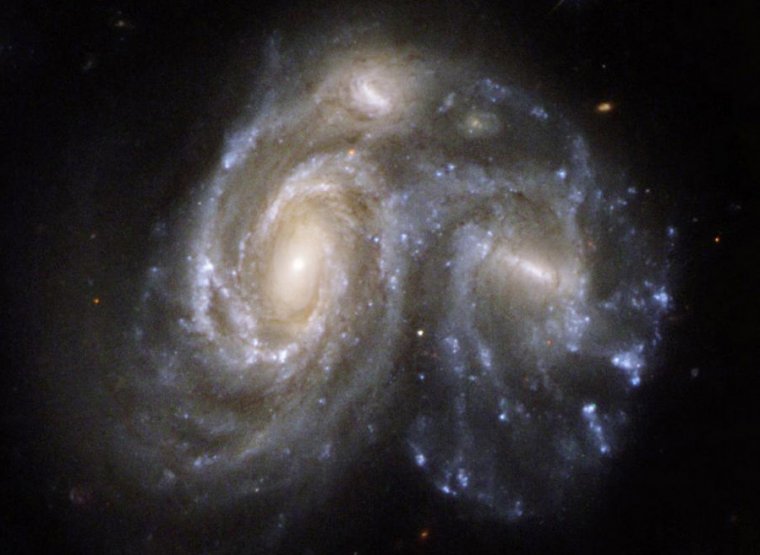Galaxy mergers hide ravenous supermassive black holes
Ars Technica » Scientific Method 2018-11-14

Enlarge / When galaxies collide. (credit: NASA, ESA, the Hubble Heritage Team)
Black holes are… um, black. The point of a black hole is that the force of gravity is strong enough to prevent light from escaping its grasp. But the matter that is being sucked into a black hole is not at all happy about its fate. The matter gets hot and bothered and starts to glow very brightly before it reaches the black hole. This produces what are called luminous accreting black holes.
Most black holes are proud of themselves, sucking down matter right before our very eyes. But others are shy and seem to hide their antisocial behavior, raising questions about whether they were actually there. It turns out that these murderous monsters are hiding behind the gas clouds created by galaxy collisions. It took a serious amount of detective work to penetrate the fog.
Introducing the eyewitnesses
Astronomers have long recognized that not everything in the Universe happens slowly. Sure, our Sun will be stable for billions of years, but when things start to go wrong, they go downhill quickly (use your remaining eight minutes wisely). Likewise, when something big gets sucked into a black hole, it sends a last desperate SOS in the form of a bright X-ray flash.